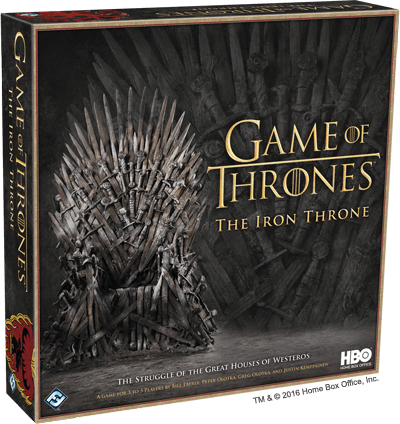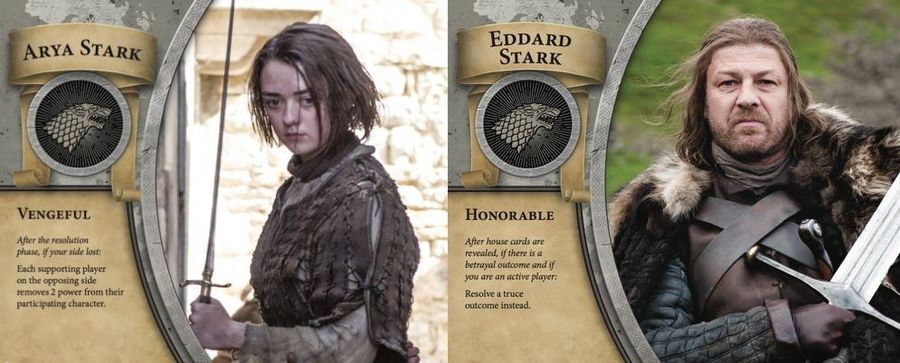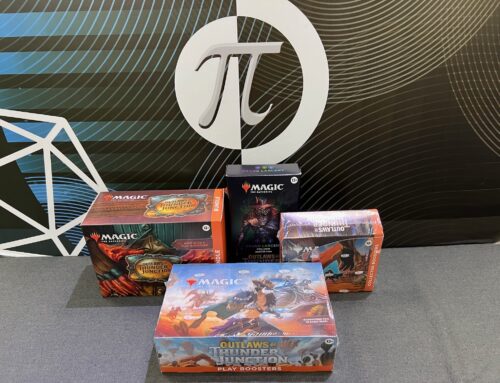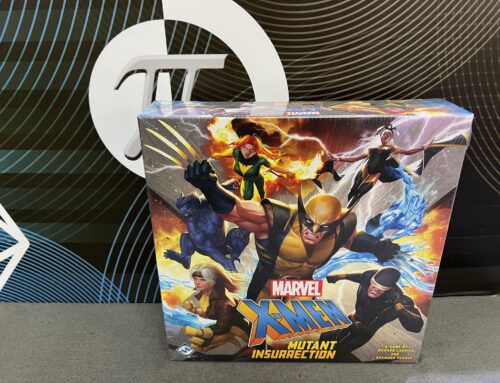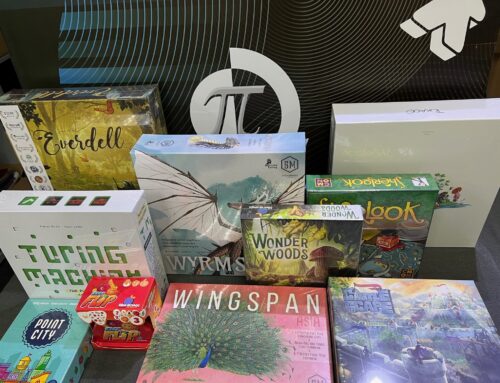Hey PI-Fans,
How’s your week going so far? We’ve got a new game review for you folks written by our guest reviewer: Wesley Tay!
In a nutshell: Game of Thrones: Iron Throne is great for gamers who love politicking, backstabbing and scheming. You don’t have to be a Thrones fan to enjoy the game, because it’s really all about dishing on others and protecting your own interests and people. No hard feelings, just business! And you all can have a good laugh afterwards.
Pick up the game at our webstore!
Game of Thrones: The Iron Throne Review
What it’s About
The only thing worse than people who share spoilers are pedantic people, who ask questions like “Why did Tyrion do this? It makes no sense!” Or “How did Baelish get away with the that?” Just wait for the reveals then complain about it!
As a fan of role playing games, fantasy political intrigue is never as simple as throwing cards and tokens around. Nonetheless, watching such a plot unfold is quite entertaining, when secret trump cards are unveiled, or bait-and-switch tactics work out well for the conspirators.
With the board game Game of Thrones: The Iron Throne, these plots of intrigue are boiled down into tokens and cards to simulate the art of diplomacy in the lands of Westeros. Players are given the chance to lead one of the five major houses from the Game of Thrones series and attempt to play the game of politics by amassing power and gaining influence through clever negotiation and cunning.
How it Plays
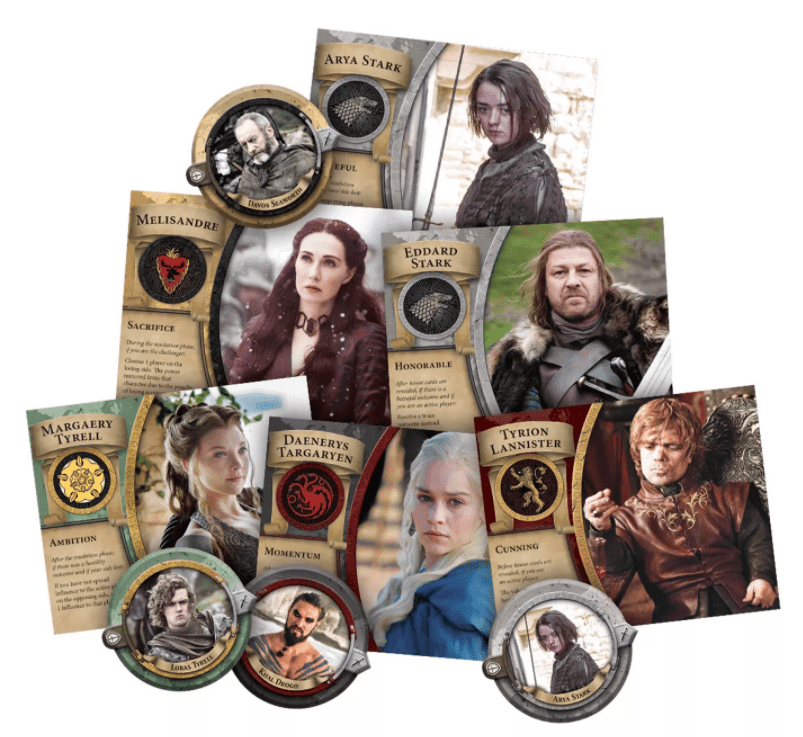
Unlike its mechanically heavier sister A Game of Thrones: The Board Game, The Iron Throne features a much simpler game that is easily taught and finishes within an hour, making it a good contender for game nights. There are around seven keywords that the game realistically uses, which means players don’t have too many new keywords to learn and can focus more on playing the game.
In The Iron Throne, there are two basic concepts to understand as part of the game:
Power represents political and/or physical strength of individual characters. Character tokens all start with four but can gain or lose power throughout the game, represented by a plastic crown placed on the character’s token. A character with no power immediately dies, as they have run out of ways to protect themselves from the various threats of Westeros. This concept also makes or breaks encounters, which we will get to in a bit.
Influence, however, is the key to winning a game, as it represents how much control your house has over the other houses. Each player has five influence tokens and the first player to spread all five of their influence tokens (normally through winning encounters) wins the game.

Each round of The Iron Throne features an encounter between two players, representing subtle manipulations, tense discourse or full-scale war between the houses. Every encounter presents a challenger and a defender, and the winners of an encounter are allowed to spread their influence (bringing them one step closer to victory) while the losing party risk reducing their power and even their characters who were part of the encounter.
At any point, players can (and are encouraged) to discuss with one another. Everyone can promise, bribe and coerce in their own way, but the aim is to ensure you have allies when you need them and have a good chance to win when you don’t.
A player starts a round by drawing an event card, which directs a player to challenge another player. In this time, other players may declare that they will support either party (The challenger or the defender) or stay out of the encounter entirely. Offering support means riding or dying with the player, reaping any potential benefits when winning but also risking the same penalties when losing.
After declaring support, the challenger and defender will place a house card from their hand face down, usually a number representing hostility or a flag representing truce. Both can discuss on what card they should put down, but are allowed to put any card they like.
A resolution usually ends in three possible scenarios. A truce from both players allows them to bargain resources from one another and a hostility card from both players turns into a fight based on the power of the participants, including supporting players.
However, a betrayal happens when a player puts down a hostility card and the other plays a truce card, in which case the latter loses but gets to take “hostages” from the winner.
But isn’t this Cosmic Encounter…?
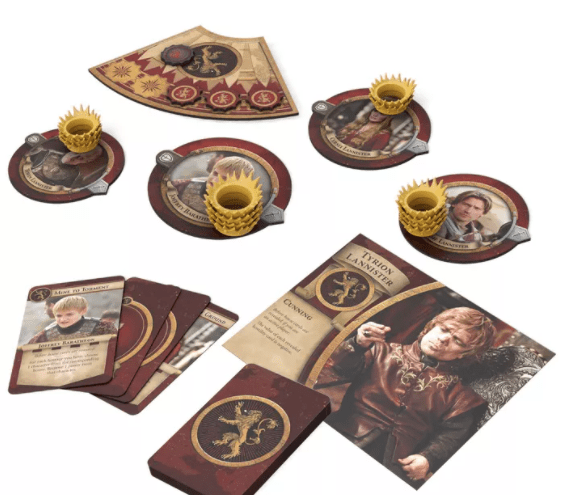
Fans of the game Cosmic Encounter may recognise the similar system, but Game of Thrones: The Iron Throne scales back the number of mechanics and focuses more on the negotiation portion of the game.
While not as mechanically intense as Cosmic Encounter, the game does feature a novel mechanic, “taking hostages”, where players can take and hold another player’s house cards and prevent them from using that card. This gives some leverage from the hostage holder and adds on to the negotiation aspect.
Each game takes about 40 minutes to finish, including set up, but negotiations do take up a majority of the game itself. As mentioned earlier, having lesser keywords and less complicated steps meant the game was easy to pick up after the first round and there was little reason to check the rule book too often.
Winning in encounters were also satisfying, gaining a bunch of resources and becoming a step closer to winning by spreading influence. On that note, losing did not feel like an absolute defeat as in some situations, a player could still gain very crucial resources to make a comeback later on in the game.
The hostage mechanic is also a major factor in play, as it provides leverage for players who have won many encounters and gives incentives for players to choose truce as an option: losing from betrayal allowed them to take a hostage from the winner. Potential benefits could be insignificant or change the game entirely.
Things that Could Be Better
However, there are some small criticisms for the game itself. Power was represented in the form of crowns which you stack, but after stacking up a certain number, it became hard to tell how many crowns were in a stack. Plastic coins would have been a better approach, although the crown motif did fit the Game of Thrones thematically.
On the subject of game pieces, the game could have included reference cards for possible options a player could take as well as a quick summary on how encounters were resolved. Many times, players would refer to the rule book multiple times in an encounter, often having to pass around the book and creating a lot of waiting times. A quick-reference card would have fixed this issue as well as allow players to strategise in secret.
Conclusion: Play It!
Overall, the game does a good job of emulating a battle of political strategy, giving players a chance to delve into heated dialogues and parleys. Featuring just as many betrayals and back stabs as the TV series, Game of Thrones: The Iron Throne is a great way to spice up regular game nights and tests players’ poker faces. While there are some small problems that do slow down the game, it felt smooth overall and was exciting from start to finish.
For 3-5 Players, 30-60 Minutes Playing Time, Ages 18+
Pick up the game at our webstore!
Thanks Wesley! Check out his other reviews for Ramen Fury & Sushi Go!
If you found this article helpful, share it with your friends! What kind of articles do you want to see? Tell us on our Contact page! Stay tuned to our Website, Facebook and Instagram for more news and PI-happenings! Never miss an update! Subscribe to our Telegram Channel!
